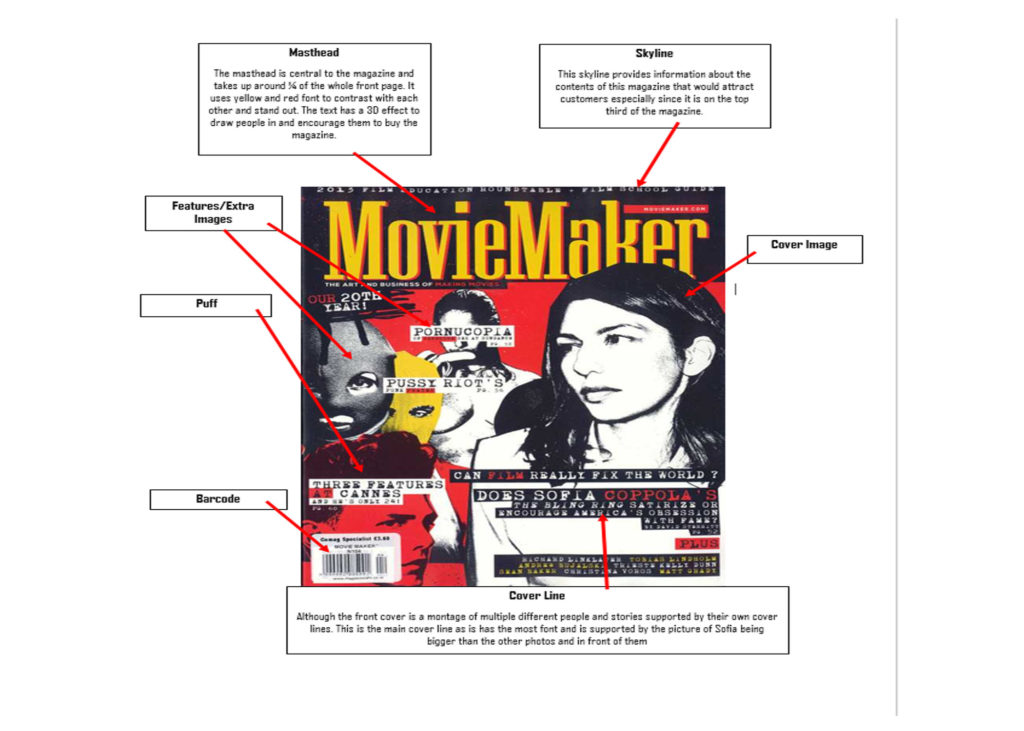
Cover details



What are the big challenges for the magazine industry in the digital area?
Many magazines post monthly, whereas with social media, information can be shared much quicker, and for free, rather then waiting to for the new issue to come out
Magazines can take up space as they are physical, and with digital content there,s no storage issues
Printing and production of , magazines take up physical resources
To get a magazine you either need to go out and buy an issue in a shop, or find it online, and have it delivered which can include additional shipping fees
One of the big challenges for the magazine industry in the digital age is that everything is now based online. This causes jobs to be lost such as printing the magazines, stocking the magazines and selling the magazines. However, online, it online takes 1 person to sell it and doesn’t require a physical store. People are using more technology such as ipads and kindles which can store as many magazines as you want, all in one place instead of carrying around 10 plus magazines all at once. Also, having a magazine online, instead of it being in its physical form is saving paper and saving the environment is a major aspect at the moment.
Firstly of the challenges for the magazine industry is competition from free internet sources which would also have a larger range.
secondly the postal rates increasing directly has a great impact on the industry.
Thirdly because of the combination and unity of retailers, ad companies, suppliers and distributors make’s it harder for negotiation.
Lastly the dependence of advertising for revenue makes them vulnerable so they might not have the opportunity to do certain options.
One of the biggest challenges in the magazine industry is that it must constantly keep up with relevant events and media as online news and trends are always changing rapidly. Because of this many magazines are changing from physical magazines to online magazines.For people, it is a lot easier to read articles and stories online rather than having to buy magazines from shops.
in the digital age, magazine-like content is more easily accessible than ever. the rise of websites dealing in the kinds of specialist content magazines generally produce has undercut magazine sales – especially because most of these websites are free, and make their money from targeted advertising rather than physical sales. the speed at which information generally moves in the digital age is also not favorable for magazines, as it favors continuously-updating online content rather than weekly or monthly magazines – magazines frequently run the risk of becoming ‘old news’ only days or weeks after their publication. most consumers are used to getting much of their news and views at home, via the internet, TV and radio, and so many people will rarely go to a shop to buy a newspaper or magazine. magazines are also made of paper – significant numbers of consumers have grown averse to print media, in the name of saving the trees.
One challenge a magazine faces is time. Most magazines are posted once a month and struggle to stay relevant as they don’t have frequent or the latest news compared to what you can find on the internet.
Some people don’t have time or the effort to go to the shop and buy magazines and would rather stay at home or use the internet to look at blogs or news anywhere.